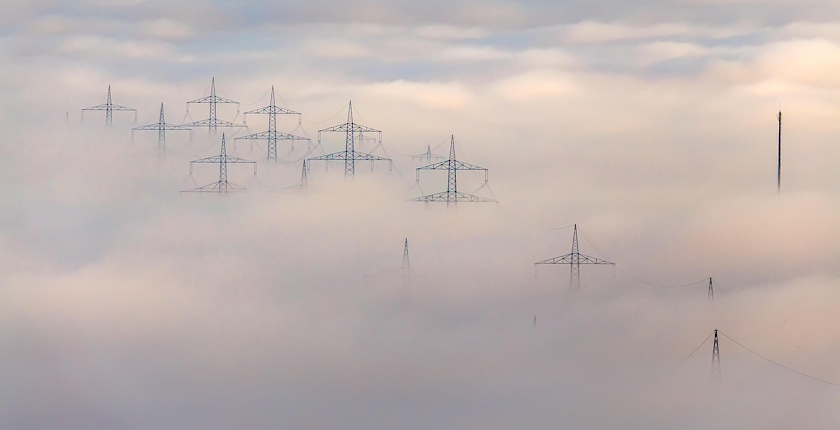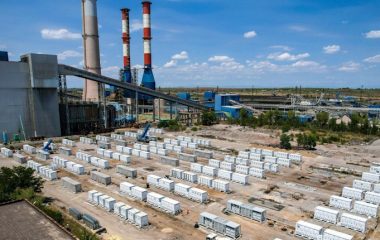
Photo: Tom from Pixabay
Electricity consumption by end consumers in Serbia increased 2.7% last year, while production decreased 6.7%, according to the 2024 annual report of the Energy Agency of the Republic of Serbia. Higher consumption and lower production led to a 15% rise in imports.
Excluding the use of electricity in power plants for production purposes, consumption by end consumers in 2024 amounted to 30.8 TWh or 0.8 TWh more than in the previous year.
Household consumption increased by 1.7%, while the other consumers connected to the low-voltage system added 2.4%. The medium-voltage segment grew 5% year on year, and the growth among high-voltage customers was 1.6%, the Energy Agency of the Republic of Serbia, or AERS, said.
Hydropower production dropped nearly 17%
Total production in all power plants in Serbia in 2024 was 35,171 GWh. Coal-fired facilities accounted for 60.49%, compared to the 29.74% share of hydropower plants. Combined heat and power plants participated with 4.75%. Wind farms attributed 3.8%, followed by solar power plants, 0.25%, and biomass and biogas plants, 0.86%.
Coal power plants generated 1.2% less electricity than in 2023. The CHP item decreased by 7.6%, and output by hydropower plants connected to the transmission system dropped by 16.8%. Wind farms on the high-voltage network produced 26.3% more on an annual basis.
EPS’s production decreased while wind power output surged
In 2024, the facilities of state-owned power utility Elektroprivreda Srbije (EPS) generated 32.9 TWh or 2.7 TWh less than in 2023. AERS noted EPS’s peak production in the past ten-year period was 35.5 TWh, in 2023. Put together, all others are increasing output year after year.
They include power plants connected to the distribution grid. There were 413 of them in total in 2024 and they produced around 991 GWh of electricity.
Wind farms increased production by a quarter
There are six wind farms connected to the transmission network, and two cogeneration or CHP plants: Pančevo and Vinča.
The wind segment contributed 1,243 GWh, about 26% more than in 2023. The Pančevo gas-fired CHP and Vinča waste-to-energy CHP together generated 1,116 GWh in 2024, the report reads.
Rise in imports and decline in exports
In 2024, electricity imports were 8.5% or 563 GWh higher than exports.
Imports totaled 7.2 TWh, which is 15% or 1.1 TWh more than the year before. Exports were 6.6 TWh or 1.4 TWh less than in 2023.
Exporting in the winter, importing in the summer
According to AERS, both exports and imports were significant throughout the year. Favorable hydrological conditions and a relatively mild winter allowed exports to exceed imports in the first quarter.
However, an exceptionally hot summer led to substantial imports, with monthly quantities exceeding 0.8 TWh both in July and August.
The highest monthly electricity imports, over 0.9 TWh, were registered in December 2024, according to the AERS report.


















Be the first one to comment on this article.